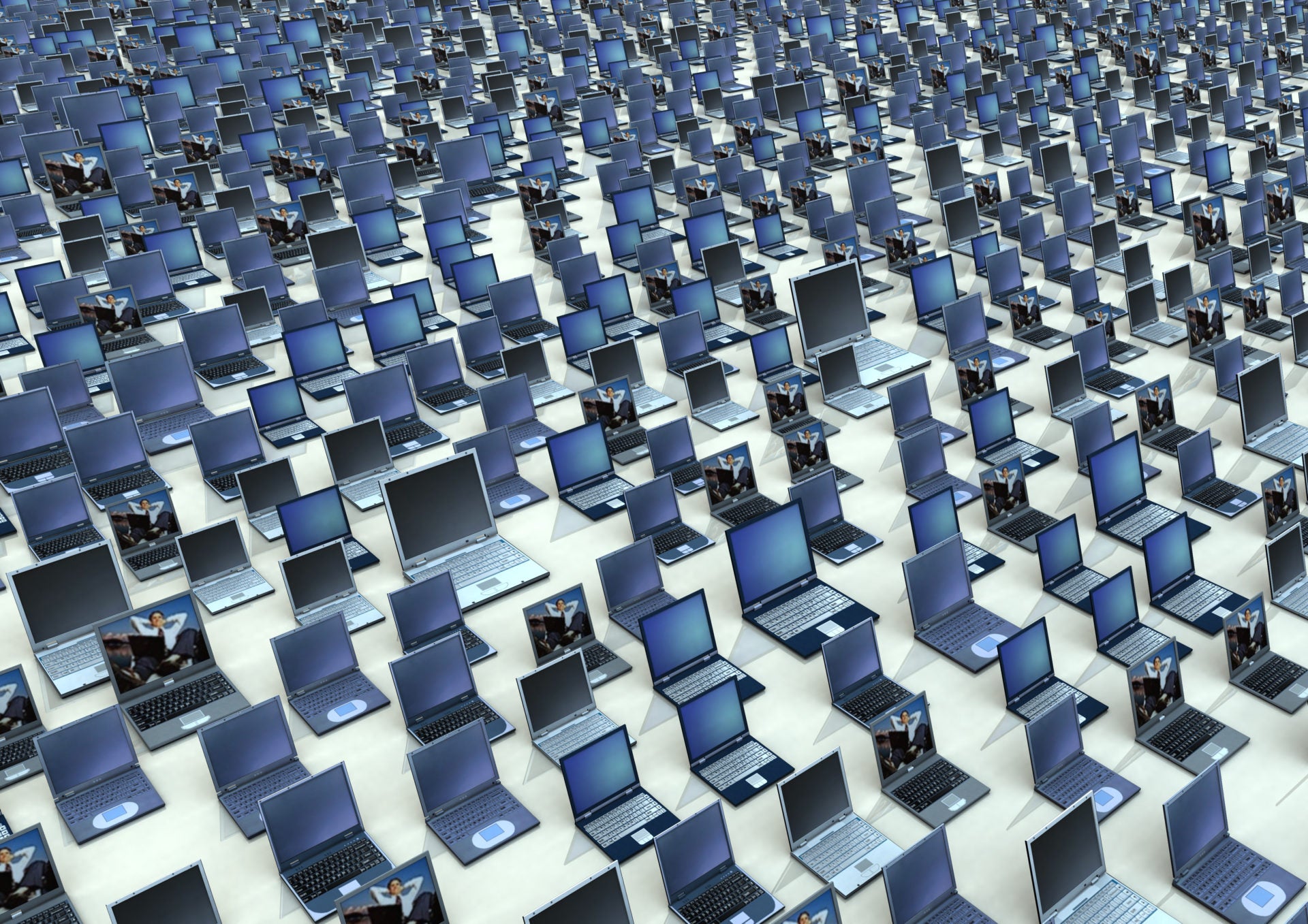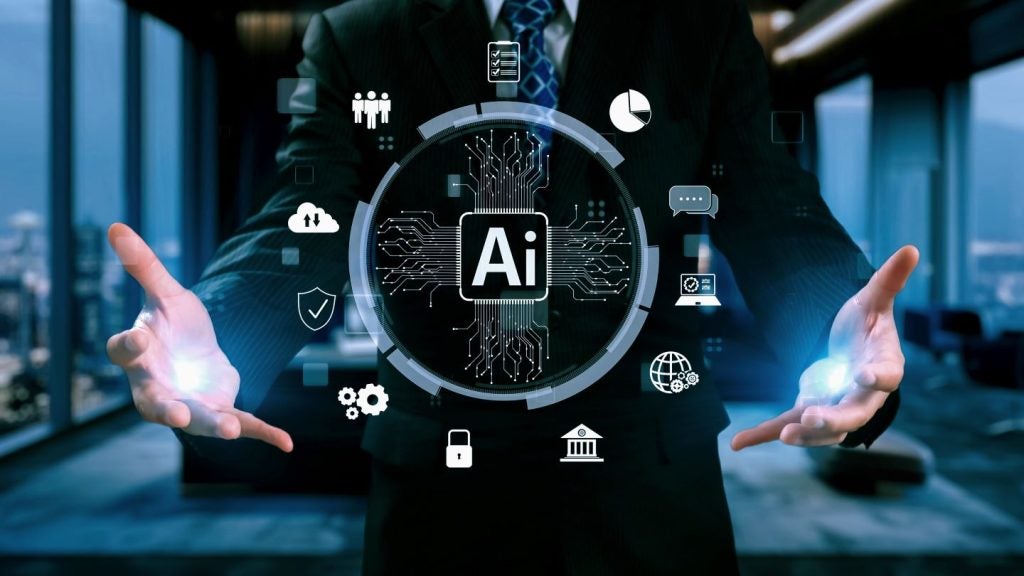
Never before have we had a workforce that consists of so many different types of people. We’re living and working longer while new generations also enter the workforce, bringing with them different expectations and preferred ways of working.
Yet, no matter who they are or what they do, the majority of employees have one thing in common – they want to be able to work in a way that is seamless and enables them to be productive.
Granted, the way that manifests itself will be different for the many types of worker. And that’s the point. Today’s workplace isn’t, or at least shouldn’t be, homogenous and uniform. The workplace, and the technology within it, should support employees to work in a way that suits them and the job they do.
But this need to cater to a broader employee base poses increasing challenges for the IT department. How can an IT director support various employee expectations and their preferred ways of working, while securely and efficiently managing their IT landscape? Businesses need to be able to maintain control and visibility across their IT estates, while offering a degree of flexibility and mobility to employees.
IT management: 9 billion devices
For some firms drowning in a sea of devices and services, that level of control will sound like a pipe dream, something that would require a big investment. But it is achievable: and it is, in fact, vital that it takes place.
Let’s look at endpoints, for instance. The number of endpoints in the enterprise is growing exponentially. By 2020 there will be 9 billion commercial devices worldwide, according to HP’s own research. Today’s mobile workforce connects from almost anywhere – airports, cafes, even on the road – to its office network.
How well do you really know your competitors?
Access the most comprehensive Company Profiles on the market, powered by GlobalData. Save hours of research. Gain competitive edge.

Thank you!
Your download email will arrive shortly
Not ready to buy yet? Download a free sample
We are confident about the unique quality of our Company Profiles. However, we want you to make the most beneficial decision for your business, so we offer a free sample that you can download by submitting the below form
By GlobalDataThat’s great news for the workers but it can add complexity to the role of the IT manager who is tasked with keeping it all under control, in a cost-efficient manner. Challenges for IT management now include managing a range of devices from multiple vendors, across a range of platforms and operating systems.
Driving efficiency with device as a service
As a business’ and its employees’ needs change over time, hardware may need replacing or updating, and technology advances may mean certain software is no longer supported. For IT managers this, in turn, requires time and capital investment to properly manage the evolving business needs and technology landscape.
However, by adopting an as-a-service IT model, which enables businesses to offload the time and expense of deploying and managing IT assets and infrastructure, a business can make all of its employees more productive and efficient, including the IT department itself.
Add to that the cost predictability of not having to pay to replace devices that unexpectedly malfunction beyond repair and being able to continually provide employees with the right technology for their job role, and it makes for a compelling proposition.
Supporting and securing IT management in the future
As working practices evolve, and the challenges faced by IT departments grow, the temptation may be to restrict or prohibit anything but a small list of devices supplied by the company’s own IT department. However, businesses need to be ready to adapt to make the best use of new technologies and to support the evolving needs of the multi-generational workforce.
Modern IT management is complex – it requires visibility of all endpoints in the IT environment and an approach to devices that is focused on efficiency and employees. The good news is that with an insights and data-driven management approach, there’s no reason why a business can’t meet the needs of employees and the IT department today, while planning for and being ready to take advantage of the technology of tomorrow.
Read more: HP is betting big on 3D printing – here’s how it plans to disrupt manufacturing







